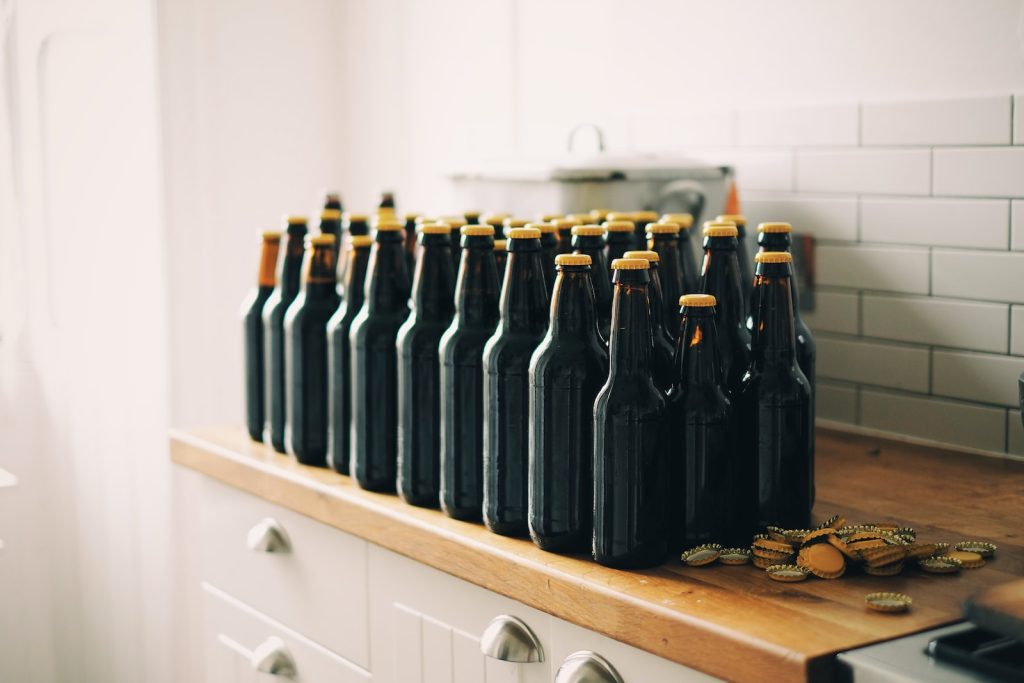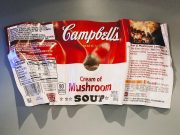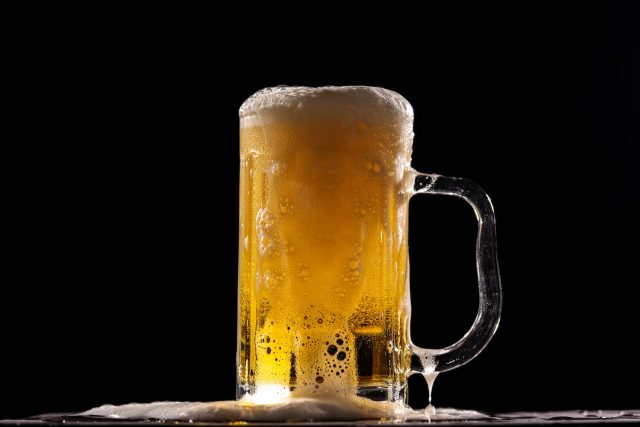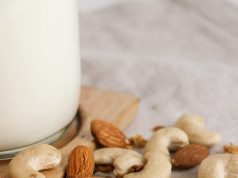Welcome to the wonderful world of homebrewing, where you can create your own delicious beer right in the comfort of your own home. Making beer at home may seem intimidating, but it’s a fun and rewarding hobby allowing you to customize your brew to your specific tastes.
Homebrewing is a great way to impress your friends with your newfound skills, and it also gives you the freedom to experiment with different ingredients and techniques to create unique and delicious flavors. With a little bit of patience and practice, you can become a master brewer in no time.
In this blog post, we’ll take you through the basics of homebrewing and guide you through the steps to create your own beer. From selecting your ingredients to bottling and aging your brew, we’ll cover everything you need to know to start your homebrewing journey. So grab a cold one, and let’s get brewing!
Homebrewing Basics

Homebrewing is a fun and rewarding hobby that allows you to make your own beer with a level of customization that is impossible with store-bought beers. If you are new to homebrewing, it may seem intimidating at first, but once you get started, you’ll find that it’s a lot easier than you think. In this post, we’ll go over some of the basic steps involved in homebrewing.
Equipment
To start homebrewing, you’ll need a few basic pieces of equipment. You’ll need a brew kettle, a fermenter, an airlock, a thermometer, a hydrometer, and some bottles. You can purchase a beginner’s homebrewing kit that includes all of these items. Alternatively, you can buy these items separately.
Ingredients
The basic ingredients for beer are water, malted grains, hops, and yeast. Malted grains provide the sugars that the yeast will eat and turn into alcohol. Hops provide flavor, aroma, and bitterness to balance the sweetness of the malt. Yeast is what ferments the sugars and produces alcohol. You can choose from a wide variety of grains and hops to customize the flavor of your beer.
Brewing Process
The brewing process involves several steps. First, heat the water in the brew kettle and add the malted grains. This will create a sweet liquid called wort. Next, you’ll add hops to the wort to provide bitterness and flavor. After boiling for a set amount of time, you’ll cool the wort and transfer it to a fermenter. You’ll then add yeast to the fermenter and let it sit for a week or two until fermentation is complete. Finally, you’ll transfer the beer to bottles, add some priming sugar, and let it carbonate for another week or two.
Sanitation
Sanitation is crucial in homebrewing to prevent contamination and ensure that your beer turns out delicious. Ensure all your equipment is thoroughly cleaned and sanitized before each use.
Homebrewing is a fun and rewarding hobby allowing you to make unique beer. You can create a delicious beer to impress your friends and family with the right equipment, ingredients, and knowledge. So grab a brew kettle, pick out some ingredients, and get brewing!
Fermenting and Aging
Fermenting and aging are two important steps in the homebrewing process that are crucial for developing the flavor and character of your beer. We’ll take a closer look at these two steps and discuss how they can affect the taste of your beer.
Fermenting
Fermentation is the process by which yeast consumes the sugars in the wort and produces alcohol and carbon dioxide. During fermentation, the yeast also produces a variety of flavor and aroma compounds that contribute to the overall character of the beer. Depending on the type of beer you are making, you may want to ferment at different temperatures to achieve different flavors. For example, a lager typically requires a lower fermentation temperature than an ale.
Aging
After fermentation is complete, the beer is typically aged for a period of time before it is ready to drink. During this time, the beer will continue to mature and develop flavors. The length of time required for aging depends on the style of beer you are making. Some beers, such as lagers, may require several weeks of aging, while others, such as IPAs, may be ready to drink after just a week or two.
Bottle Conditioning
Another method of aging involves bottle conditioning, which involves adding a small amount of sugar to the beer before bottling. The yeast will consume this sugar, which will produce carbon dioxide and create natural carbonation in the bottle. The beer will continue to age and develop flavors while carbonating in the bottle.
In conclusion, fermenting and aging are two important steps in the homebrewing process that can greatly affect the flavor and character of your beer. By understanding the optimal fermentation temperatures and aging times for different beer styles, you can create a delicious and unique beer that is perfectly suited to your taste. So go ahead and experiment with different fermentation and aging techniques to create your own signature brew!
Flavoring for Taste
Flavoring is an important aspect of homebrewing that allows you to customize the taste of your beer. There are various ways to flavor your beer, from using different types of hops and grains to adding fruits, spices, and other ingredients.
Hops
Hops are a key ingredient in beer that provide bitterness, flavor, and aroma. Different types of hops can be used to achieve different flavors, from floral and citrusy to piney and spicy. You can create a unique flavor profile for your beer by experimenting with different hop varieties and amounts.
Grains
Malted grains provide the sugars that the yeast will consume during fermentation, but they also contribute to the flavor and color of the beer. Different types of grains can be used to create different flavors, from sweet and nutty to roasty and chocolatey. Some popular grains for homebrewing include barley, wheat, oats, and rye.
Fruits
Fruits can be added to beer to provide a fruity flavor and aroma. Some popular fruits for beer include citrus fruits like oranges and grapefruits, as well as berries like raspberries and blackberries. Adding fruit to your beer can be done during fermentation or aging.
Spices
Spices can be used to add a variety of flavors to your beer, from spicy and herbal to sweet and savory. Some popular spices for beer include cinnamon, ginger, coriander, and cloves. Spices can be added to the beer during the boil or during aging.
Other Ingredients
There are a variety of other ingredients that can be added to beer to create unique flavors. For example, coffee or chocolate can be added to create a rich, roasty flavor, while honey can be added to create a sweet, floral flavor. Some brewers even experiment with adding unconventional ingredients like bacon or oysters to their beer.
In conclusion, flavoring is an important aspect of homebrewing that allows you to create a unique and delicious beer that is perfectly suited to your taste. You can create a truly unique brew by experimenting with different hops, grains, fruits, spices, and other ingredients. So go ahead and let your creativity run wild and experiment with different flavors to create your own signature beer!
Quality Control
Quality control is essential to homebrewing, ensuring your beer is safe, consistent, and high-quality. It involves a series of checks and tests throughout the brewing process to ensure that your beer meets your desired standards.
Sanitation
Sanitation is the foundation of quality control in homebrewing. Proper sanitation practices are essential to prevent contamination and infection of your beer. This includes cleaning and sanitizing all equipment and surfaces that come into contact with the beer and using clean and sanitized bottles and caps.
Gravity Readings
Gravity readings are measurements of the density of the wort and the beer at different stages of the brewing process. These readings can help you determine the alcohol content of your beer and ensure that fermentation is progressing as expected. Gravity readings should be taken before and after fermentation and during aging.
Temperature Control
Temperature control is important for ensuring that your beer ferments properly and develops the desired flavors. Different beer styles require different fermentation temperatures, and it’s important to maintain a consistent temperature throughout the brewing process. You may want to invest in a temperature-controlled fermentation chamber to ensure precise temperature control.
Tasting
Tasting your beer throughout the brewing process is important for ensuring that it meets your desired flavor profile. You can take notes on the flavor and aroma of your beer at different stages of the brewing process and make adjustments as necessary.
Final Gravity and Carbonation
Before bottling your beer, it’s important to check the final gravity to ensure that fermentation is complete. You’ll also want to add the correct amount of priming sugar to ensure proper carbonation. Checking the carbonation level of your beer during aging can also help you adjust the amount of priming sugar for future batches.
In conclusion, quality control is essential to homebrewing, ensuring your beer is safe, consistent, and high-quality. You can ensure that your beer meets your desired standards by following proper sanitation practices, taking gravity readings, controlling temperature, tasting your beer, and checking final gravity and carbonation.
Conclusion
Homebrewing is a rewarding and enjoyable hobby that allows you to create your own unique beer, perfectly suited to your taste. However, it requires careful attention to detail and a commitment to quality control to ensure that your beer is safe, consistent, and high-quality. By following the basics of homebrewing, including selecting the right equipment, using quality ingredients, fermenting and aging properly, flavoring to taste, and practicing quality control, you can create a delicious beer that will impress your friends and family. With a little experimentation and creativity, you can develop your own signature brews and become a master homebrewer. So, roll up your sleeves, get your ingredients, and start brewing your own beer today!






























